Market Analysis
In-depth Analysis of Metal Fiber Market Industry Landscape
The Metal Fiber Market is characterized by dynamic factors that influence its growth and development. Understanding these market dynamics is crucial for stakeholders to effectively navigate the industry.
Growing Demand in Industrial Applications: The primary driver of the metal fiber market is the growing demand in various industrial applications. Metal fibers, known for their high strength, conductivity, and thermal stability, find extensive use in industries such as automotive, aerospace, electronics, filtration, and construction. Their applications range from reinforcement in composite materials to conductive elements in electronic devices, driving market growth.
Technological Advancements in Manufacturing Processes: Technological advancements play a significant role in shaping market dynamics within the metal fiber industry. Continuous improvements in manufacturing processes, such as melt spinning, vapor deposition, and electrospinning, enable the production of metal fibers with precise dimensions, controlled properties, and enhanced performance characteristics. Advanced manufacturing techniques drive innovation and expand application possibilities, driving market growth.
Rising Demand for Lightweight Materials: The increasing demand for lightweight materials in industries such as automotive, aerospace, and transportation drives the adoption of metal fibers. Metal fibers offer high strength-to-weight ratios, making them ideal for lightweight structural components, composite materials, and reinforcements. As industries strive to reduce fuel consumption, emissions, and material costs, the demand for lightweight metal fiber solutions continues to rise.
Advancements in Composite Materials: Advancements in composite materials technology fuel the demand for metal fibers as reinforcement materials. Metal fibers are used in conjunction with polymers, ceramics, and other materials to enhance mechanical properties such as strength, stiffness, and impact resistance. As industries seek to develop lightweight, high-performance materials for structural applications, the demand for metal fiber-reinforced composites increases, driving market growth.
Emerging Applications in Filtration and Catalysis: Emerging applications in filtration, catalysis, and functional textiles present growth opportunities for the metal fiber market. Metal fibers are utilized in filter media, catalytic converters, and conductive textiles for applications such as air and liquid filtration, pollution control, and electronic textiles. As environmental regulations become stricter and demand for clean air and water increases, the demand for metal fiber-based solutions grows, creating market opportunities.
Regulatory Standards and Environmental Concerns: Compliance with regulatory standards and environmental regulations influences market dynamics within the metal fiber industry. Manufacturers must ensure that metal fiber products meet regulatory requirements for safety, environmental impact, and product quality. Increasing environmental concerns drive market players to develop eco-friendly and sustainable manufacturing processes, materials, and products to meet regulatory standards and customer expectations.
Global Economic Trends and Industrial Growth: Global economic trends, including GDP growth, industrial output, and investment in infrastructure, impact the demand for metal fibers. Economic expansion stimulates demand from end-use industries such as construction, manufacturing, and transportation, driving market growth for metal fibers. Conversely, economic downturns may lead to reduced industrial activity and demand for metal fiber products, affecting market dynamics.
Market Competition and Innovation: Intense competition among key players in the metal fiber market drives innovation and product development. Market players invest in research and development to introduce new metal fiber formulations, alloys, and applications to gain a competitive edge. Innovation in metal fiber technology leads to the development of advanced materials with improved properties such as conductivity, corrosion resistance, and fatigue strength, driving market growth.
Supply Chain Management and Raw Material Sourcing: Efficient supply chain management and reliable raw material sourcing are essential for ensuring uninterrupted production and supply of metal fibers. Market players need to establish strategic partnerships with suppliers, distributors, and manufacturers to secure a stable supply of raw materials such as metal powders and alloys. Optimal supply chain management minimizes lead times, production costs, and supply chain risks, ensuring market competitiveness.
Consumer Preferences and Market Trends: Changing consumer preferences, market trends, and industry dynamics influence the demand for metal fiber products. Factors such as trends in automotive design, advancements in electronics, and shifts in consumer preferences for sustainable materials drive market demand for metal fibers. Market players need to stay abreast of consumer trends and market dynamics to identify emerging opportunities and adapt their strategies accordingly.


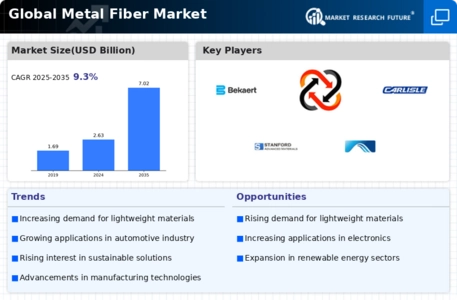
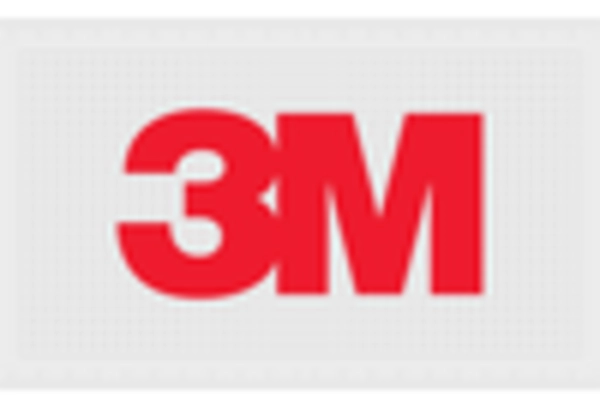

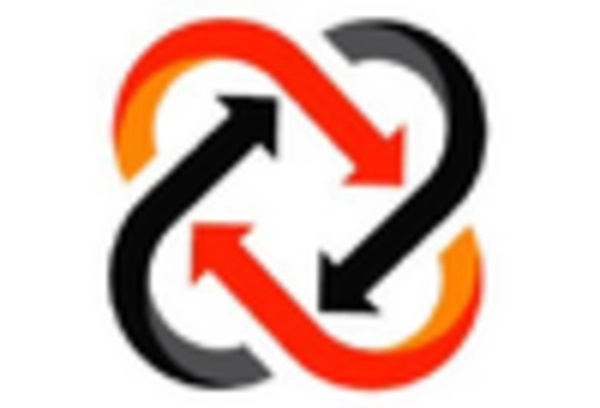
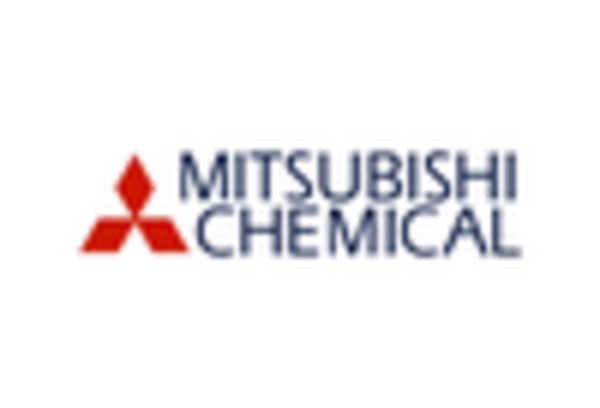
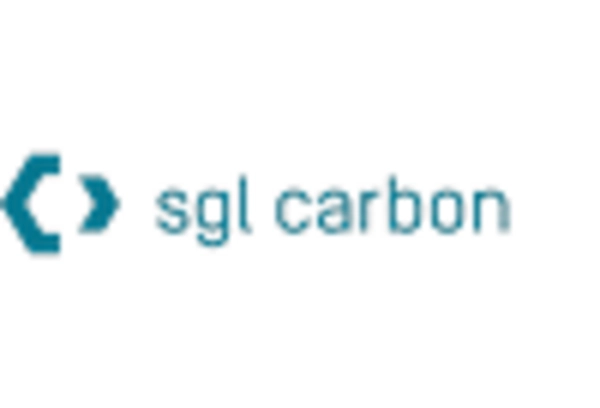
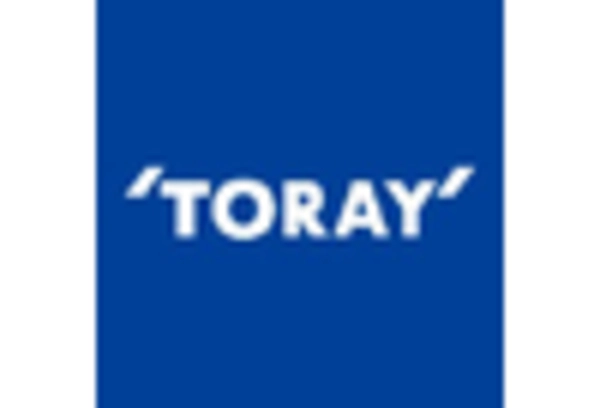









Leave a Comment